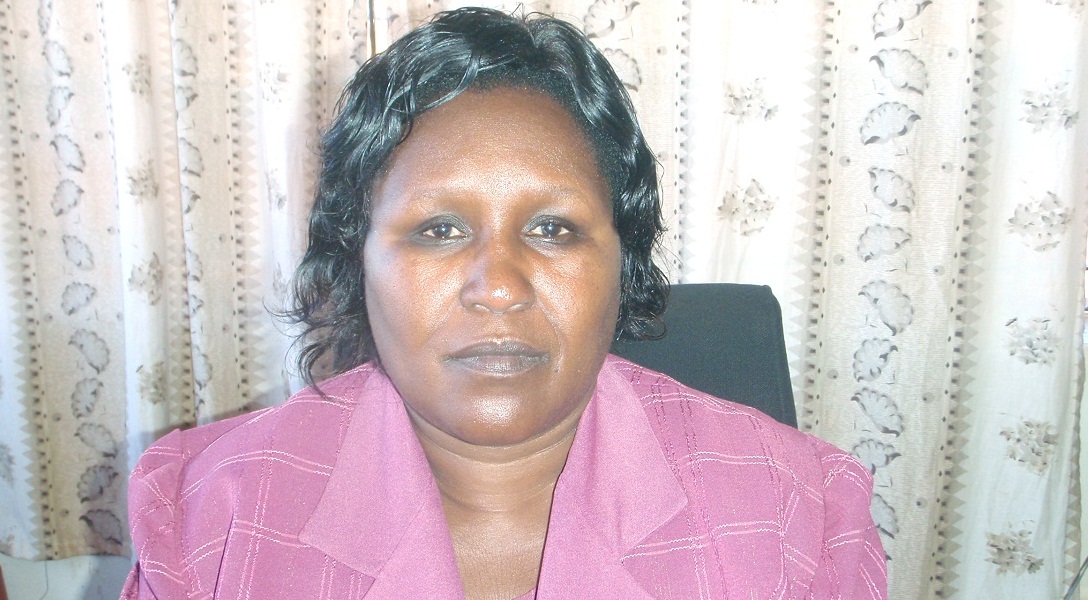By Sammy Chivanga
Savings and Credit Cooperative Societies (SACCOs) are deepening digital services to conveniently serve customers as branches and Automated Teller Machines (ATMs) popularity drops.
Many Saccos are now launching their e-banking services to enable customers to transact at the palm of their hands. Competition from other financial service providers such as banks and microfinance institutions is getting stiff.
Police Sacco, for instance, which made a foray into e-banking services a long time ago, has been carrying out upgrades on its systems to deepen the capabilities of the service. It recently switched from M-Sacco platform, which is used by most of the Saccos, to their distinct platform called M-Tawi.
The mobile banking platform enables members to transact through their mobile phones at the comfort of their workplaces or homes. Among the key services offered on mobile platform include cash withdrawal, deposit, and transfer of funds, application of loans, paying bills, purchasing airtime and making general inquiries such as checking balances.
Sacco leaders say that the shift is helping them cut costs while at the same time enabling the members to enjoy the convenience and also bring in additional income through transactional fees.
Kwetu Sacco CEO Stanley Kyelenzi told Sacco Review that more customers are seeking for convenience and ATMs don’t seem to fulfil this, since they are only located in select town centres for security purposes.
“The e-transactions are faster and more efficient, and they don’t need movement. ATM is now a technology that is too far behind. The reach out for mobile banking is super because you can transact even in the most remote areas as opposed to the ATM,” said Kyelenzi.
The Covid-19 pandemic has strengthened the case for mobile and internet banking in the financial sector after the government announced that cashless transactions were among the key initiatives to lower risks of transmission.
This has seen Sacco customers who had dragged their feet in using mobile and internet services, adapt to this technology, further deepening the switch.
Dhabiti Sacco CEO Titus Munjuri reckons that the allure that came with ATMs has dropped and Saccos are alert to the new needs of customers.
“ATMs are closely seen as banks’ technology. Through the internet and mobile services, Saccos have found space to make products that can make them stand out,” said Munjuri.
Sacco Societies Regulatory Authority (Sasra) has also played a critical role in aiding the adoption of technology in the sub-sector by supporting Saccos.
The regulator says that today’s financial services provider is essentially digital and customer patronage is principally driven by convenience and ease of access.
“Saccos must fully embrace the usage of ICT and other technologically enabled mobile devices in their operations and service provision,” says Sasra.
Sasra sees the provision of core deposit-taking financial services through online and mobile platforms as a way to avoid losing Sacco customers to other financial institutions.
“Deepening of technology is key; otherwise this segment of the population will continue to be served by the plethora of other techno-savvy and digitally compliant financial institutions,” says Sasra.
Financial players such as banks are actively playing in this space despite owning the ATMs. Saccos are, therefore lowering competition by embracing mobile and internet services.
Kenya Highlands Sacco Chief Executive Alice Kosgei says that Sacco movement is alert to the changing demands of customers, and this has informed the focus on e-services.
“Saccos are focusing on where the shift is going to. In terms of taking services closer to the customers, we have moved to our agency banking where we have appointed some of our members who are running businesses to be our agents,” says Kosgei.
This, she says, means the Sacco will be sharing with the agents as it builds up presence up to the village level, where ATMs wouldn’t ordinarily reach.
“We also have m-banking because we see competition even from the telecommunications sector. It will offer cost-saving because we shall not need a lot of tellers in the branches we run,” says Kosgei.
Saccos have for long been pushing to be connected to the national payment system infrastructure, particularly to enable settlements.
However, with no access yet, Saccos have had to seek partnerships with banks to provide ATMs service. And this means paying banks commissions to use this infrastructure.
Rolling out own digital platforms, therefore, promises to reduce ATM transactions from Sacco members and thereby also cut the commissions they are giving banks.
However, Saccos cannot completely stop using ATMs, especially for huge transactions.
Sasra notes that Saccos were losing some of their members to banks, especially those who were seeking transactional settlements involving huge sums.
To ward-off competition and mitigate against incidences of the massive transfer of funds from the DT-Sacco system to the banking system, which reduces the liquidity of the system, Saccos had to partner with banks for ATM services.
“Although relatively costly, to individual Saccos, which are usually forced to maintain settlement accounts with such commercial banks, these ATM partnerships are a necessity,” Sasra notes.
This means that unless the deposit-taking Saccos’ systems are developed to be able to access the national payment system infrastructure directly, they may still require ATM services.
Saccos’ partnerships with banks come at a cost, which can only be eliminated once Saccos get clearance for express access to the system.
So far, Cooperative Bank has partnered with 62 Saccos while Family Bank and ABC Bank have 13 and four respectively. KCB, Jamii Bora, NCBA and Spire have one each.


